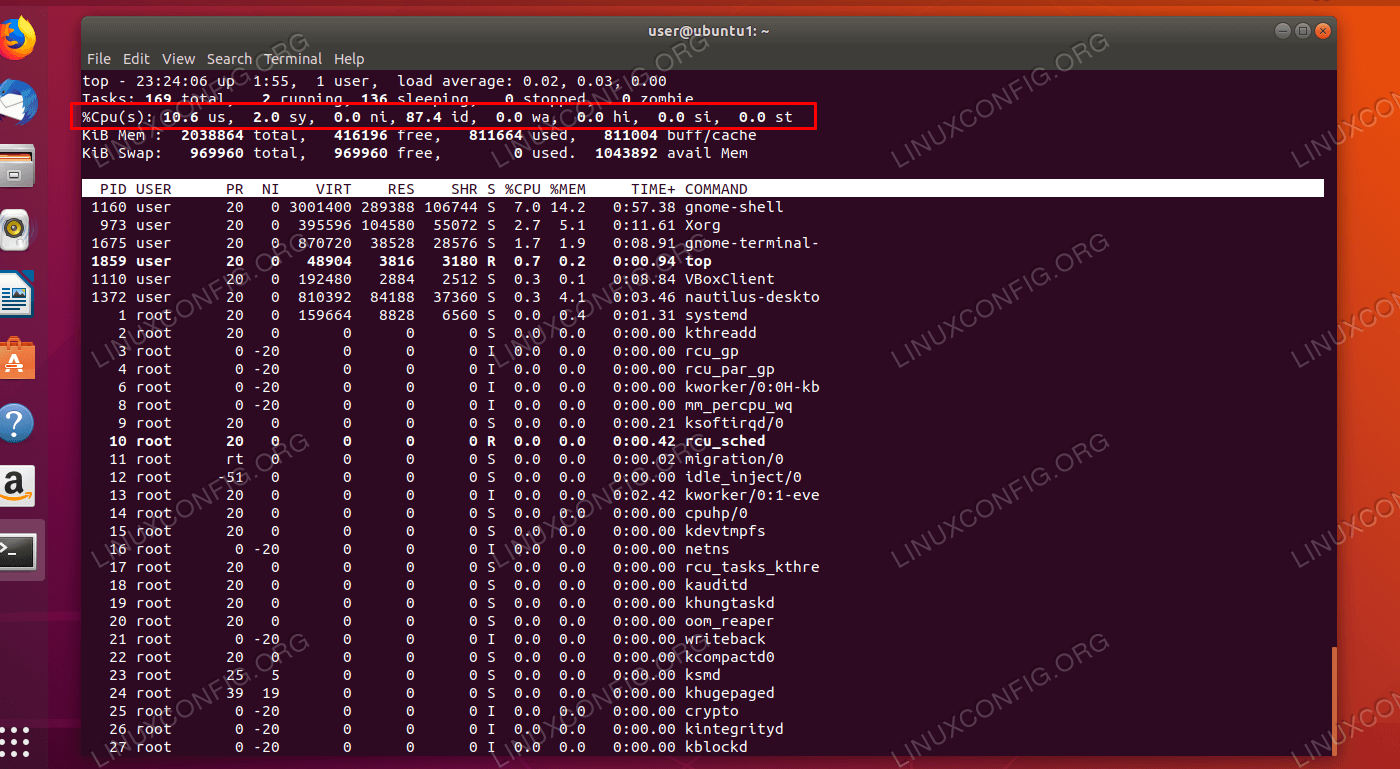
To kill or to killall, that is the question. Killall, on the other hand, uses the process name rather than its ID.

You pass the PID to kill this way: kill 1367 Some systems require you to install killall as part of the psmisc package. If the process you want to shut down is not managed by systemd, or if something's gone wrong and systemctl failed to stop it, then you can use either kill or killall to eliminate your process. Since MySQL is a service managed by systemd (on those distros using systemd), your first choice should be to use systemctl to bring the process down gently without putting any application data at risk. That top display gave you everything you'll need to kill it. Perhaps you'll conclude that this process was taking more resources than can be justified and will have to be sacrificed (for the greater good, you understand). If you follow that row over to the left, you'll see that the process ID (PID) is 1367 and the process is "owned" by the mysql user. In this case, you can see that the MySQL daemon is using 4.3% of the server's CPU and, from the next column, 13% of its memory.

You'll especially want to note the processes showing up at the top of the list. Since we're trying to resolve performance problems, the columns of data that should interest us the most are %CPU (percentage of CPU capacity currently used by a given process) and %MEM (percentage of memory capacity).


 0 kommentar(er)
0 kommentar(er)
